Foodbuzz: Project Food Blog, Challenge #1
The first challenge Foodbuzz: Project Food Blog asks is: What defines you as a food blogger, and why should you be the next food blog star? We’re FotoCuisine. Christey is the Foto. Peter is the Cuisine. We’re married, in love, and in love with the idea that food can be completely amazing.
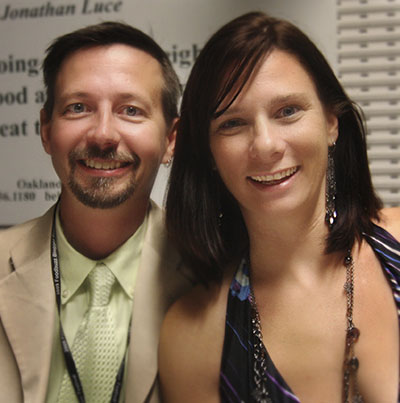
We met through a mutual friend at a restaurant on the beach in St Pete, Florida. We were married on a dinner cruise. We honeymooned eating our way through Paris, Rome and Venice.
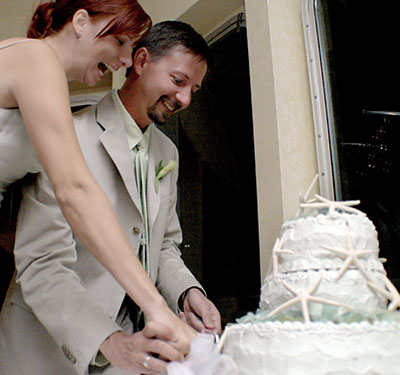
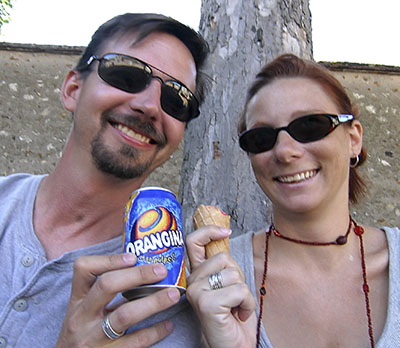
Christey is a photographer. She shoots for local newspapers and runs her own studio photography business. Peter is a software engineer, does freelance writing, and his interest in the history and practice of cuisine inspires him to learn classic French techniques of cooking.
Peter ponders the building blocks of the meal. His style is French, but he loves the idea of bringing the world together through food -- if making a (French) beurre blanc for (Florida) grouper, why not add (South African) peri peri peppers for some heat?
Christey constructs the plating and final shots. The food may taste fine, but what draws the eye? A garnish does more than link the ingredients -- it also balances color and texture.
Together, we are passionate about telling the story of a meal.
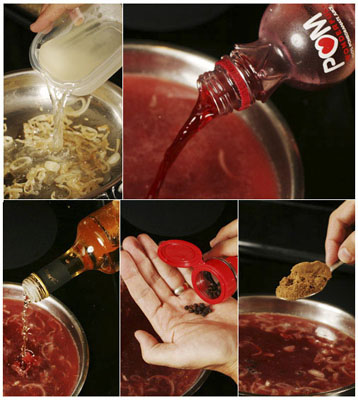

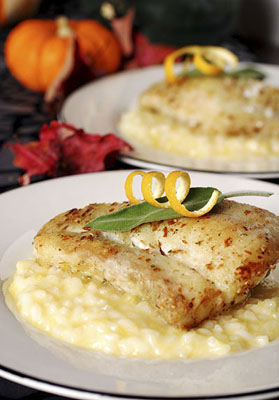
Food is so much to us, and to every foodie. It’s family, it’s an adventure. It’s primal, it’s culture. It’s classic, and it can be completely, utterly crazy.
What makes a really memorable meal happen? Forget the basics -- the cups and tablespoons and the 350 degrees for exactly 45 minutes. Lists of ingredients and times of roasting have been around since the Romans. What’s more important is the techniques that turn ordinary ingredients into something amazing.
Aioli recipes list egg yolk and mustard and garlic and olive oil, but the technique tells you what it should look like as it’s coming together. Homemade béarnaise is so much better than the powdery stuff, but if you’re making it from scratch, at what point do you add the butter?
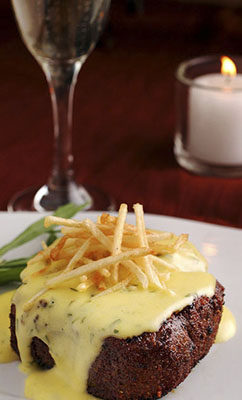
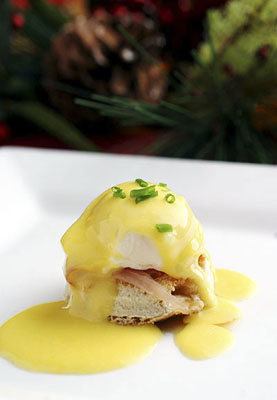
The meal is the goal, but that doesn’t mean we have the same direction. Christey tells Peter to get his head or elbow out of the shot. Peter stirs or flips left-handed to help a picture explain the meal. Sometimes a shot may look boring, but explains a culinary technique, and Peter might say: "This beige-yellow drab look to the yolks is exactly what you need to see before adding the butter!"
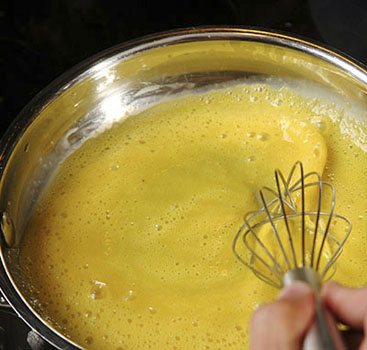

One of the most fulfilling things about blogging is sharing knowledge among the community. We’ve learned a lot through fellow bloggers, and we try to return the favor. With that in mind, we offer our top-3 tips of food and photography we have learned since starting our blog:
Peter’s top-3 must-have ingredients:
Kosher Salt. Alton Brown and Thomas Keller go nuts over it, but there’s a reason. It’s finer and puffier than normal salt -- you can use more and be less salty. It adds texture to the surface of meats and fish, and in sauces, you can throw in a hearty pinch without worrying about too much sodium.
Fresh Lemon Juice. Salt is a known amplifier of taste, but acid can also add to taste, even in situations that don't seem logical. Want a really cheesy/creamy tasting Alfredo? Add the juice of half a lemon right at the end, and the acid "brightness" amplifies the taste and feel of the Parmesan and cream.
Shallots. A French must-have, but tradition is a good guide. The taste is onion-like, but has an almost garlic subtext. In stock or in sauces, instead of half an onion, use a medium shallot. The flavor and subtlety are worth the switch.
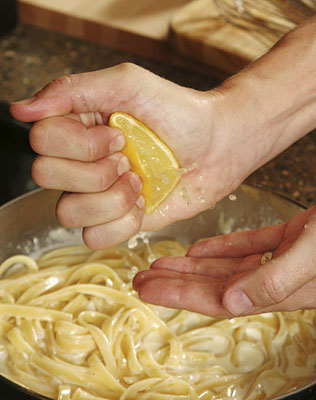
Christey’s top-3 food photography tips:
White Balance. It’s a term that’s thrown around a lot, but it’s not hard to learn -- many tutorials can be found through Google. Don’t use the auto-white balance on your camera, learn to use a 18% gray card on manual white balance, or learn to set black and white points on levels in Photoshop. Without corrected white balance, food looks too yellow or too blue, which makes food look dead and unappetizing. With the correct white balance, food in a picture looks just like it does in real life.
Composition. Try to shoot food like it’s sitting in front of you on a plate in a restaurant. Too high of an angle and it doesn’t draw you in – there’s no texture and you can’t get a feel of the food. Too low, you don’t see the all the components on the plate. Keep things simple, and don’t overcrowd. Be aware of the lines and curves of the subject to draw viewers into the food.
Break the rules. Some say don’t tilt the camera so that the food looks like it’s sliding off the plate. But, that works sometimes -- just don’t make it a cliché where every shot is a crooked picture of food. The idea is to break away from the norm and develop a personal style, where someone can look at a picture and say: that looks just like something "your blog" would do!
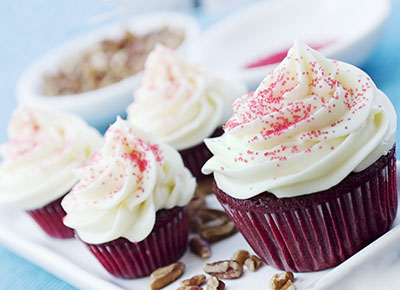
Edit:Voting has started! To vote for us, please go to our post at FoodBuzz at click on the voting tab at the top: http://www.foodbuzz.com/project_food_blog/challenges/1/view/495


